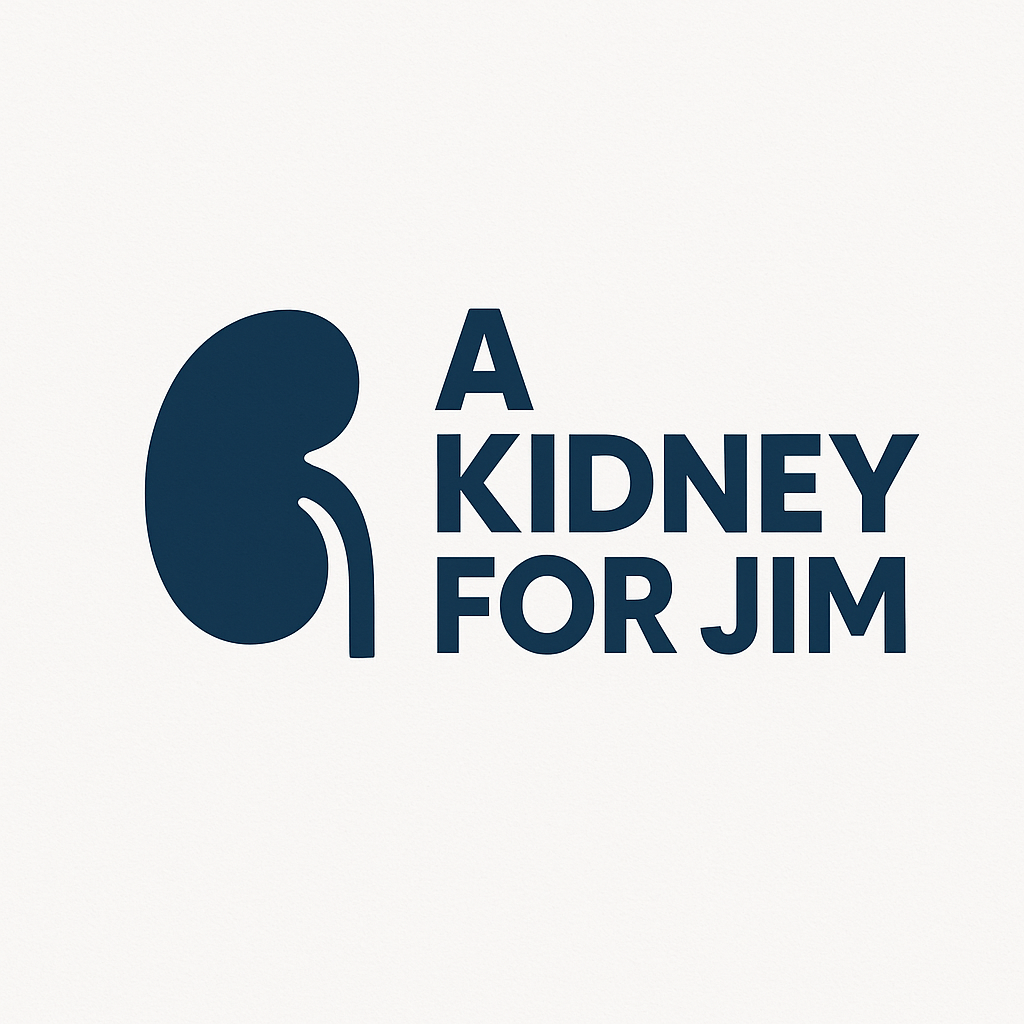What It’s Really Like to Donate a Kidney: A Life-Saving Journey
Every year, thousands of people in the United States wait—sometimes for years—hoping for a second chance at life through a kidney transplant. For those suffering from end-stage renal disease, a living kidney donor can mean the difference between years of dialysis and the possibility of a vibrant, healthy life.
But what is it really like to be a kidney donor? I spoke to several donors, explored the medical process, and compiled a look at the emotional, physical, and practical aspects of becoming a living kidney donor.
Why Donate?
Most people are born with two kidneys, but we only need one to live a normal, healthy life. Living donation accounts for nearly one-third of all kidney transplants each year in the U.S. according to the National Kidney Foundation (NKF) 1.
For many donors, the decision to give a kidney is rooted in empathy. Whether donating to a loved one or a complete stranger, the motivation is simple: to save a life.
“I saw someone in need and realized I had the ability to help,” said Sarah M., who donated her kidney to a coworker. “The recovery was temporary. The joy of saving someone’s life is permanent.”
The Medical Process
Becoming a kidney donor is not something done lightly—and rightly so. The evaluation process is thorough to ensure both the donor’s and recipient’s health and safety. It includes:
- Blood and tissue testing to determine compatibility
- Comprehensive physical exam
- Psychological evaluation to assess readiness and emotional support
- Imaging tests like CT scans to map kidney anatomy
The surgery itself is called a nephrectomy, and it’s usually done laparoscopically, which means small incisions and a quicker recovery time. According to the Mayo Clinic, most donors stay in the hospital for 1–3 days and can return to normal activities within 4–6 weeks 2.
Risks and Long-Term Effects
While donating a kidney is considered safe, it’s still major surgery. Common risks include infection, bleeding, and a small risk of developing high blood pressure or kidney disease in the future. However, studies show that most donors go on to live long, healthy lives with no significant impact on their kidney function 3.
The United Network for Organ Sharing (UNOS) and transplant centers provide long-term follow-up to monitor donor health for at least two years after surgery.
The Emotional Journey
Many donors describe the experience as one of the most meaningful of their lives. There is often a deep sense of fulfillment and pride. Some also feel anxiety or emotional challenges during recovery—but support networks and transplant coordinators are there to help.
“I don’t regret it for a second,” said Juan L., who donated to his brother. “I’ve never done anything more powerful in my life.”
Final Thoughts
Becoming a living kidney donor is not for everyone, but for those who are eligible and willing, it’s a chance to give someone the most precious gift imaginable: time.
If you’re considering donation, start by speaking with a transplant center or exploring trusted resources like:
Sources
Would you like this formatted for a website or turned into a shareable post for your campaign?
Footnotes
- National Kidney Foundation. “Living Donation.” https://www.kidney.org/transplantation/livingdonors ↩
- Mayo Clinic. “Living Donor Nephrectomy.” https://www.mayoclinic.org/tests-procedures/living-donor-nephrectomy/about/pac-20385078 ↩
- Organ Procurement and Transplantation Network. “Living Donation.” https://optn.transplant.hrsa.gov/living-donation/ ↩
